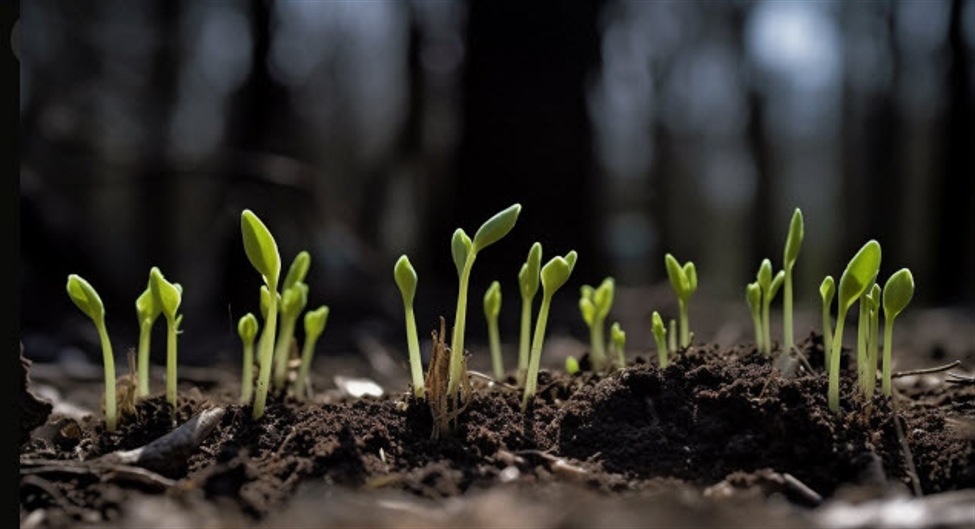China January CPI 0.5% y/y, highest level in five months
- expected 0.4%, prior 0.1%
- core was 0.6% y/y, from 0.4% in December
- the m/m was 0.7% (expected 0.8%, prior 0.0%)
PPI -2.3% y/y, deflation continued
- expected -2.1%, prior -2.3%
***
China’s consumer inflation accelerated in January, reaching its highest level in five months, while producer price deflation continued, reflecting mixed consumer spending during the Lunar New Year. The consumer price index (CPI) rose 0.5% year-on-year, up from December’s 0.1% increase and exceeding market expectations of 0.4%. Core inflation, which excludes food and fuel prices, also edged up to 0.6% from 0.4%.
The rise in CPI was largely driven by seasonal factors, as the earlier timing of the Lunar New Year spurred demand for travel and entertainment. Airfare prices increased by 8.9%, tourism inflation reached 7.0%, and movie and performance ticket prices surged 11.0%. However, broader consumer spending remained subdued, with per capita holiday spending rising just 1.2% from the previous year—well below the 9.4% growth seen in 2024.
Despite this uptick in inflation, deflationary pressures persist. The producer price index (PPI) fell 2.3% in January, the same as in December and exceeding the expected 2.1% decline. This prolonged factory-gate deflation signals weak demand and ongoing challenges for manufacturers.
For 2024 as a whole, CPI rose just 0.2%, continuing a 13-year trend of missing the government’s inflation target of around 3%. Looking ahead, Chinese provinces have set 2025 economic growth targets with inflation projections below 3%, indicating expectations of continued price pressures.
Meanwhile, economic headwinds persist. China’s manufacturing sector unexpectedly contracted in January, and services activity weakened, increasing calls for additional stimulus. Policymakers face added pressure as fresh tariffs from U.S. President Donald Trump threaten exports—one of the few bright spots in the economy last year.
While Beijing is likely to maintain its 2025 growth target at around 5%, economists warn that without stronger domestic demand, deflationary risks may remain a significant challenge for the world’s second-largest economy.
***
Someone is seeing positives for China, this is worth checking out:
I’ve been mentioning green shoots for China’s economy in posts over the past months. Every time I do the incoming data slaps me in the face.
